
Mumbai is the old Bombay. This is how this city of India was called until 1995, but today the correct thing is to call it Mumbai. It's a huge city and they live here almost 20 million people. What is unique about Mumbai is that it was originally a group of islands home to fishermen. The truth is that a trip to India you cannot miss this city and its rich and numerous historical and cultural heritage.
Mumbai is not the capital of India, I clarify it so that there is no confusion because there are many cities in other countries that are more famous than the capital itself. Having clarified this, we continue talking about Mumbai and its attractions, Very interesting and useful information if you are planning that great trip to India that you always dreamed of.
Mumbai, the old Bombay
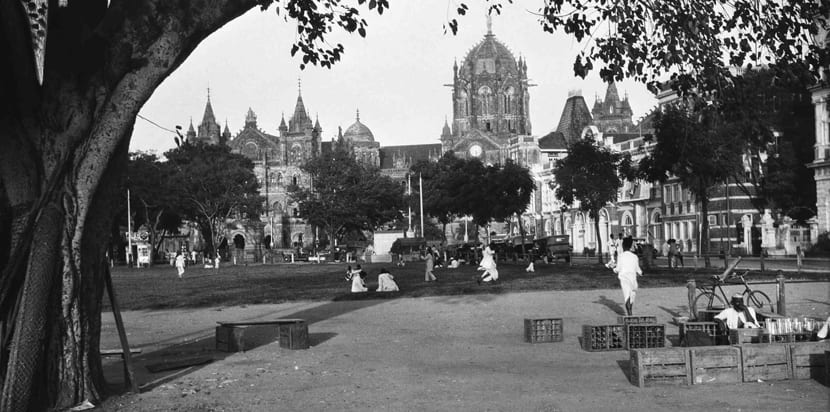
As I said above, Mumbai could be called Bombay until 1995 when the first name became the official one. While it is not the capital is the most populous city in India and one of the ten most populous cities in the world, inhabited by almost 20 million people. It is on the west coast of the country and has a natural deep-water port, which is why it has always been coveted.
Mumbai originally it was made up of seven islands inhabited by fishermen. When it passed into the hands of foreign powers, first Portugal and then England, this area of India was taking another shape thanks to the filling between the continent and the islands. The project to reclaim land from the sea ended in the mid-nineteenth century and that turned the city into the largest port on the Arabian Sea. It never lost its shine or importance and was and still is a economic, financial and commercial center of the country and region.
With so much foreign activity Mumbai it has a particular architecture. There are Art-Deco buildings, Gothic buildings and also styles typical of this part of the world. Many buildings were built in times of British rule and reflect the style of the time, Gothic revival, but there are here and there Swedish, German, Dutch architectural elements. A wonder to appreciate.
What to see in Mumbai
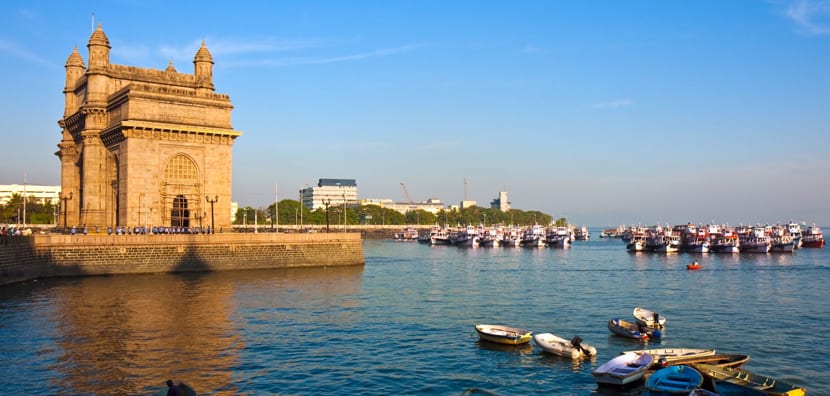
Mumbai may not have as many attractions as other cities or destinations in India but there is a bit of everything, from beaches and caves, to ancient forts, shrines, temples and churches to a multitude of museums.
The Gateway of India is the most famous landmark in the city and it was built to commemorate the royal visit of George V and his wife. The idea is that all visitors see this monument when arriving by boat and it is a good meeting point. It is located on the boardwalk, in Colaba, south of the city, opposite the Taj Palace and the Hotel Tower. Around there are street vendors.
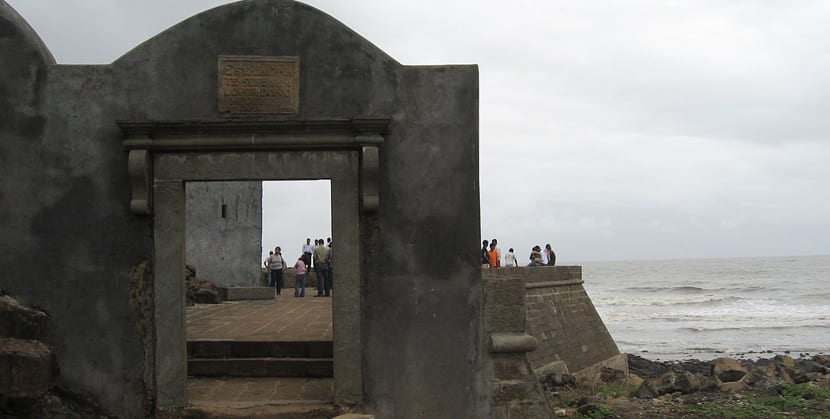
Among the many forts in Mumbai is the first built by the British, the Fort Worli, dating from 1675, built on a hill overlooking the bay to see the seven islands and possible pirates. Another strong is the Fort Mahim, in the bay of the same name and currently in ruins and victim of the tide. You find it on the side of the Mahim highway that connects the suburbs with the city. Among abandoned, ruined or preserved forts, there are fourteen forts in total. If you like history and military architecture you have to have fun for a long time.
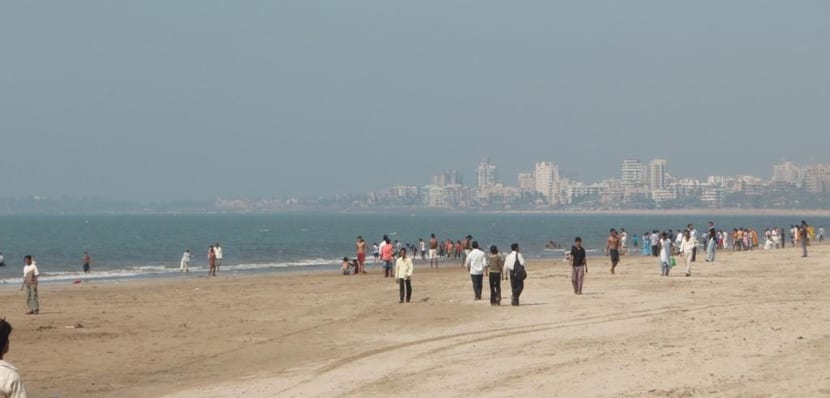
If instead you like beaches there are also a good number of beaches in Mumbai. Among the most popular are Juhu beaches and of Marina Drive. They are great to watch the sunset and eat something as there are many culinary stalls. Juhu is about half an hour from the city, heading north, while Marina Drive Chowpatty is in the center, a short drive from the Gateway of India.
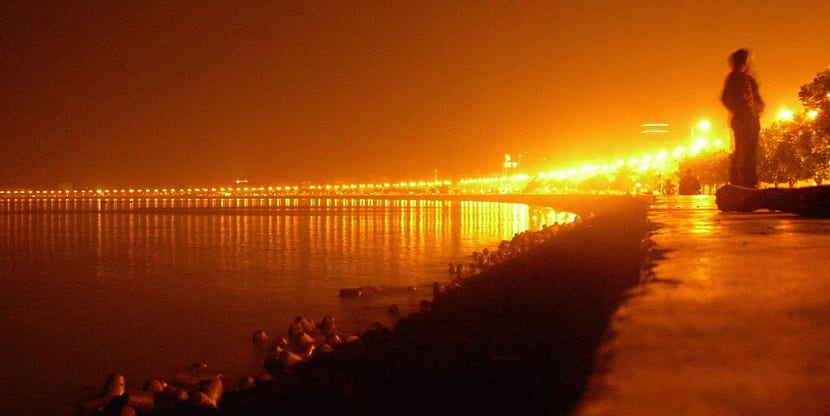
In terms of museums, we highlight the National Gallery of Modern Art It dates from the mid-90s of the 1911th century and houses rich collections of paintings and sculptures from different civilizations. There are works by Picasso and some Egyptian art, including mummies. It is in Colaba, the old island of Candil or the British Colio. An interesting building, built in XNUMX, houses another museum of modern art, the Cowasji Jenhangir Hall.
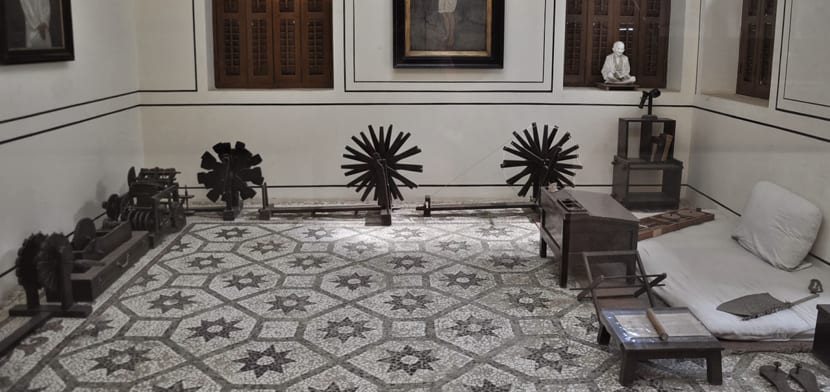
And you cannot miss the mani bhavan. It was the headquarters of Gandhi's political activities between 1917 and 1934, an old mansion belonging to a friend of the politician who gave him accommodation when he spent those years in the city. It is located half an hour by car from the Hotel Taj, it has two floors and today it works as a Ghandhi Library and Museum. You can see the room where Gandhi spent his days, his bed, his books.
In Mumbai there are also many religious, Christian, Hindu, Jewish and Muslim sites. If you are a Christian you can visit the Cathedral of the Holy Name, in Colaba, beautiful with its frescoes, its organ and its majestic interior. Among the Hindu temples we highlight Babulnath, el Mahalakshmi Temple and mumba devi, but there are many more. There are also three mosques and a couple of pagodas.
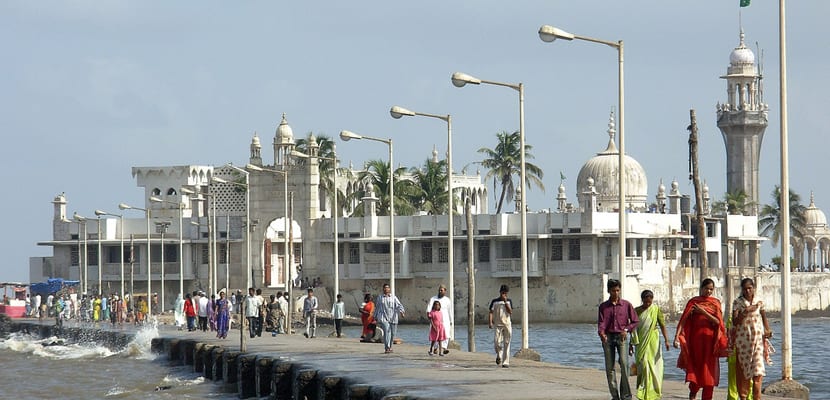
I also would not miss visiting the suburb of Jogeshwari Jogeshwari Caves, caves that house Buddhist and Hindu temples and that are hundreds of years old. They are huge and are accessed by floating stairs. Either Haji Ali, the mosque-tomb built in 1431 in the middle of the sea and which is only accessed at low tide.
Walks in Mumbai
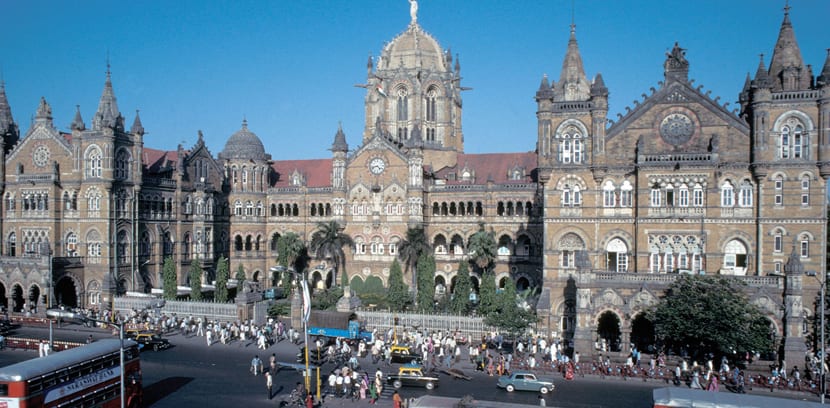
Sometimes it is about walking, simply walking, contemplating the architecture, the people, the movement of the city. There are many historical buildings in Mumbai and among them we highlight the Prince of Wales Museum, in Kala Ghoda, an art area, the Victoria Terminal, train terminal, the Supreme Court of Mumbai and the area of the fort known as Horniman Circle with its extensive gardens.
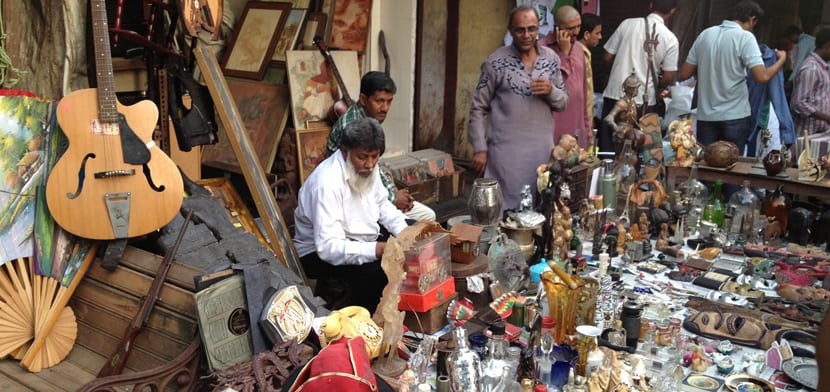
The arts district known as Kala ghoda it's a nice walk too. Kala Ghoda is black Horse and it is so named because there was once a statue of a horse. Is he Mumbai cultural center, the site where art galleries, museums and other cultural spaces are concentrated. Another picturesque option is to walk through the bazaars and markets. On Calzada Colaba there are many vendors but there is also the Chor Bazaar Market or the shops on Linking Street, from whose layout dozens of other alleys emerge.
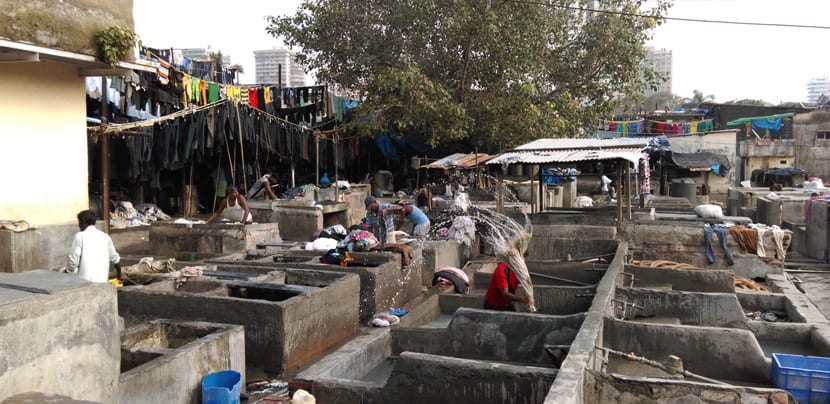
Lastly, if you ever saw anything from India, it was sure outdoor laundry rooms and multitudinous. There is in Mumbai: it is called Mahalazmi Dhobi Ghat. This is where the dirty clothes from all over Mumbai come so that hundreds of men do their thing in concrete tubs with soap, water and dyes. You find it near the Mahalaxmi train station.
Bollywood in Mumbai

Impossible to talk about India and not talk about its powerful and millionaire film industry: Bollywood. The city is the center of Indian cinema and if you want to enjoy a movie be sure to go to the Eros Cinema, near the Churchgate train station. You can also do a Film City studio tour, in Goregaon, in the suburbs of the city.